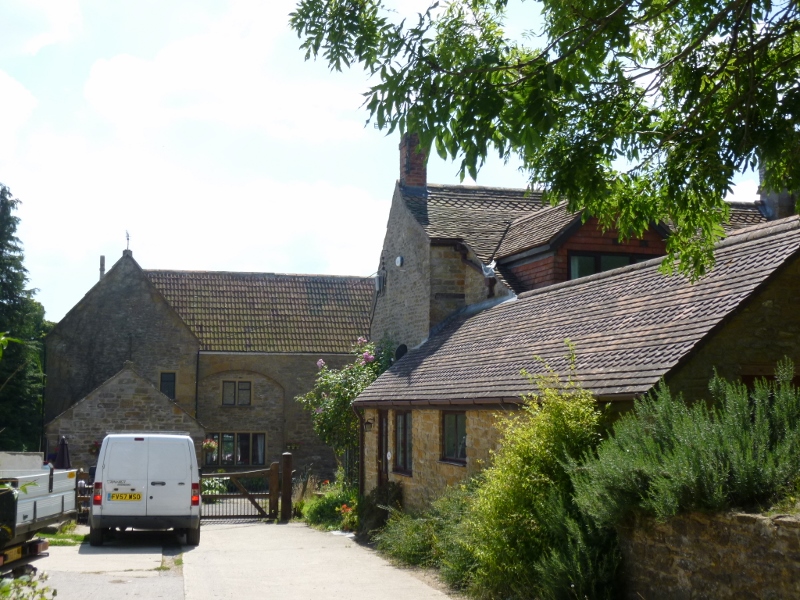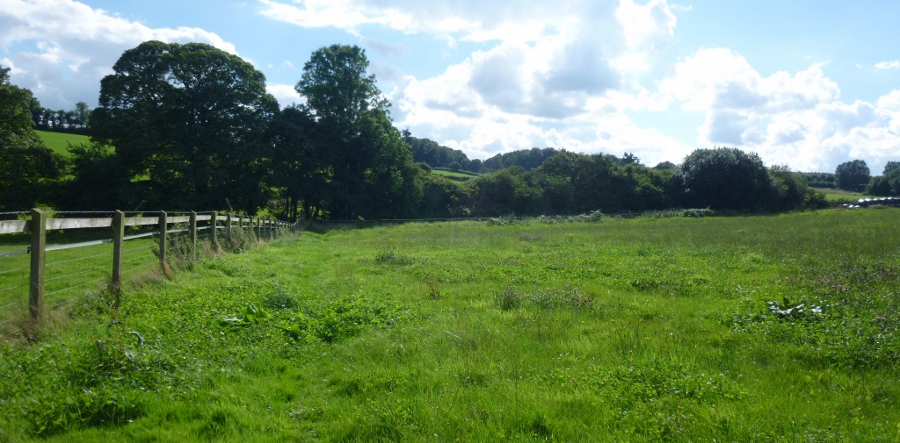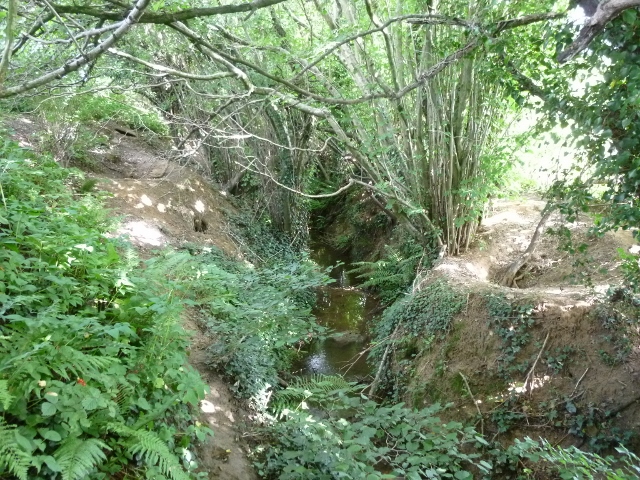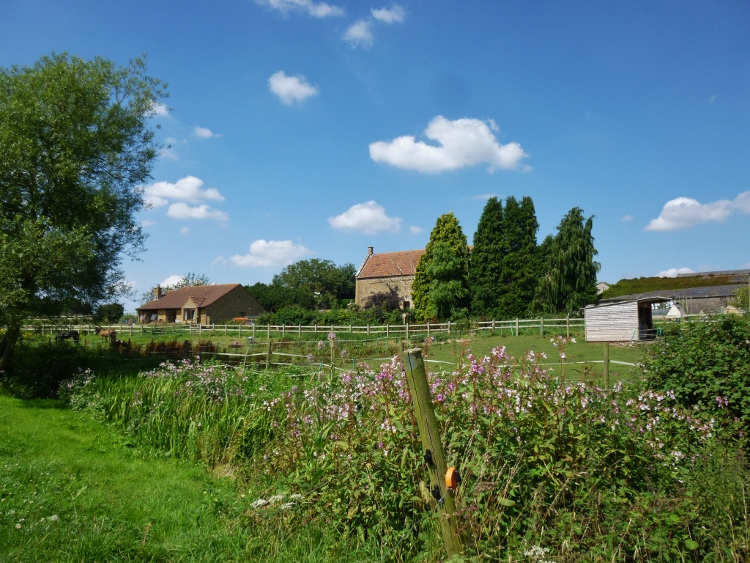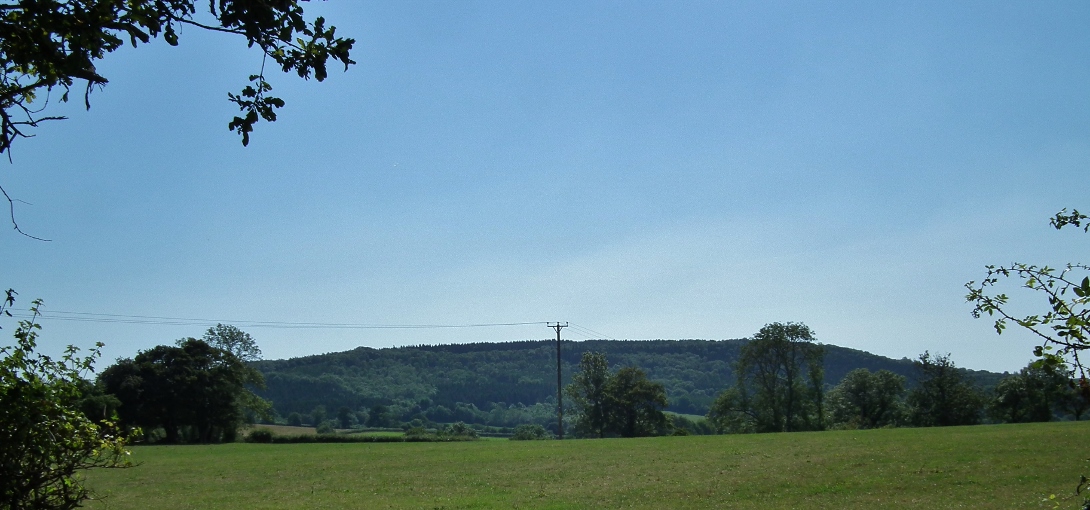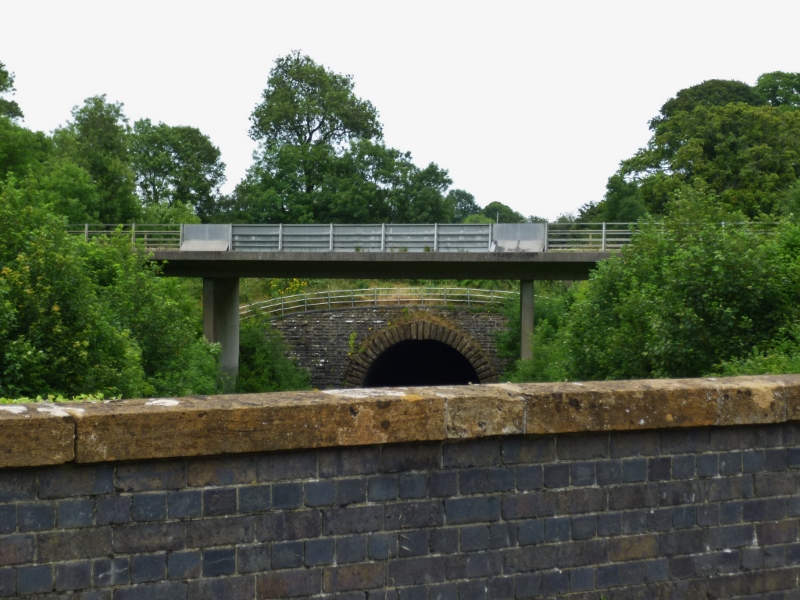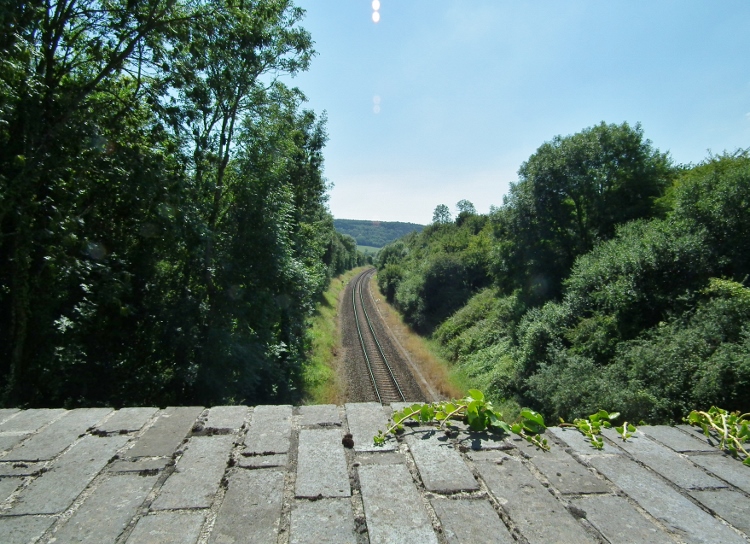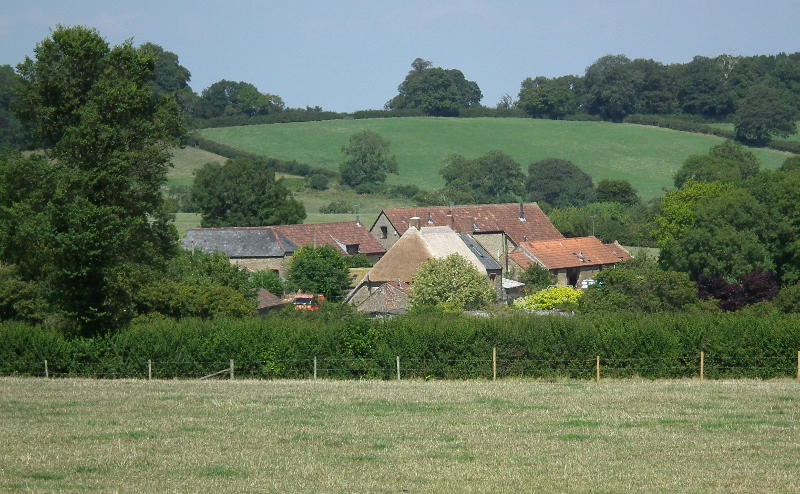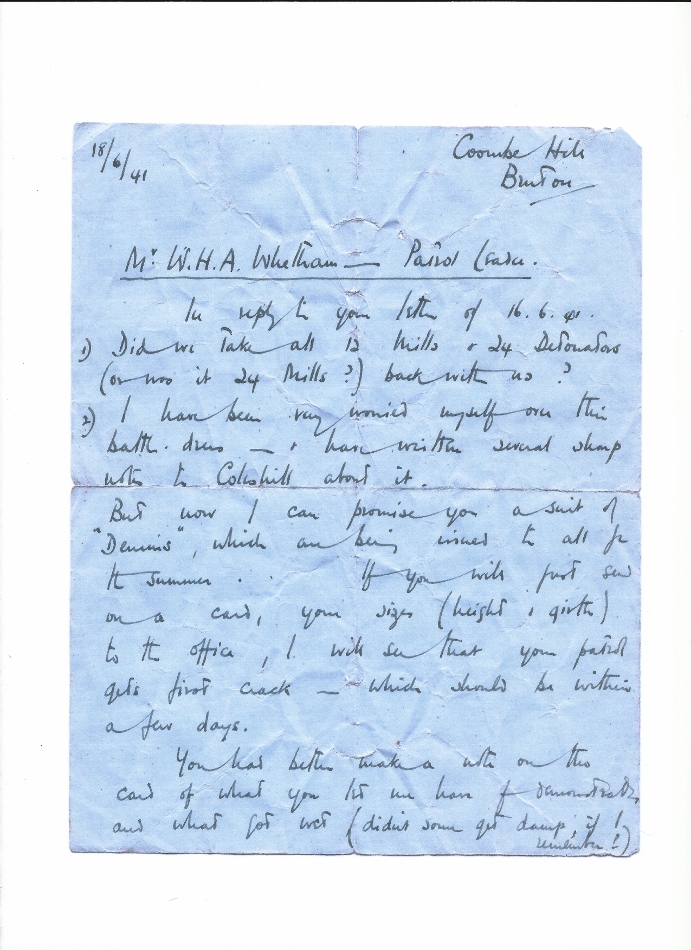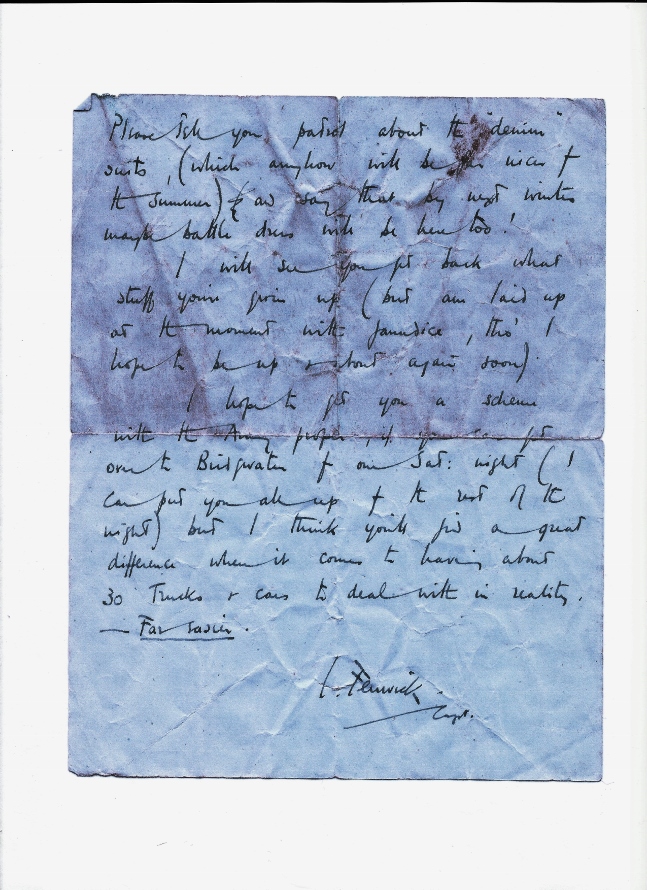East Coker is a village two miles to the south of Yeovil.
| Name | Occupation | Posted from | Until |
|---|---|---|---|
| Sergeant William Henry Austin Whetham | Dairy farmer |
05 Jul 1940 | 03 Dec 1944 |
| Private Sidney Bee | Groom (Domestic) |
09 Aug 1940 | 03 Dec 1944 |
| Private Alfred Ernest Dorrien Cox | Dairy farmer heavy work |
19 Jun 1940 | 03 Dec 1944 |
| Private Frederick George Hughes | Rabbit catcher |
09 Aug 1940 | 03 Dec 1944 |
| Private John Philip Jones | Farmer |
03 Apr 1941 | 03 Dec 1944 |
| Private Thomas David Oxenbury | Dairy farmer |
03 Jul 1940 | 03 Dec 1944 |
| Private Alan Lionel Whetham | Farmer |
05 Jul 1940 | 03 Dec 1944 |
| Corporal Arthur Frank Whetham | Dairy farmer |
05 Jul 1940 | 03 Dec 1944 |
The OB was sited under a chicken house near Skinners Hill Farm, East Coker.
Skinners Hill Farm was farmed by the father of the Whetham brothers during the war. It is hard ground at Wickets Beer Farm, where the Whethams lived, but sandy soil at Skinners Hill Farm so easier digging to hide the OB.
The OB was approximately 25 to 50 yards along the ditch line from the road of Halves Lane and footpath. It was sited under a chicken house and the Patrol had a system of knowing if it was occupied. If the chicken flap was open there was someone in the OB and if the flap was closed there was nobody there. It was built of curved corrugated steel sheeting and had 2 ft square concrete slabs for its floor. There was a 2 ft 6 inch diameter concrete pipe leading from the OB to a stream, south of the farm, for use as an escape tunnel. The whole structure was approximately 30 ft by 15 ft.
The OB at Skinners Hill Farm does not survive. It was dug out after the war and reused as a shed at Wickets Beer Farm until it rusted away. The concrete pipes making up the escape tunnel and the floor slabs were also dug out and reused around the farm.
Early bomb store sites were dugouts built of corrugated steel sheeting constructed in Pen Wood and Coker Wood. These sites were blown up and destroyed after the war by the Patrol. Coker Wood and Pen Wood were part of the Coker Court Estate. Pen Wood was cleared with bulldozers after war and replanted so there is nothing to see at the site. The store in Pen Wood was near the ponds (a later post war addition) on the opposite of the ponds to the Hunting Lodge.
Ammunition and explosives were later stored in the loft of one of the farm buildings at Wickets Beer Farm, the home of Sergeant Whetham. .303 ammunition was found in a shed after the war at Skinners Hill Farm near the OB location
East Coker Patrol
It is known that the railway bridge at Holywell Cross, on the junction of the A37 and the turning to Evershot, was a target. The nearby railway tunnel may also have been a target. The nearest railway station was at Sutton Bingham, on the southern railway line.
Training at “Sigwells” Airfield proves that would have been targeted so the nearby Westlands Airfield could also have been considered as a target.
Other known targets included local railway bridges and any opportune enemy vehicles.
Other assumed targets would include the roads A37, A356 and A30, Yeovil junction railway station and the Yeovil area with its military camps.
Melbury House near Melbury Osmond is a large Country house and could have been a target if taken over by enemy forces.
Sergeant William “Austin” Whetham went to Coleshill to train.
The Patrol were trained on attacking and destroying the railway bridges in the area.
Using their .303 rifles the Patrol shot on a firing range at Wickets Beer Farm on Sunday mornings. They did revolver practice shooting at a target on a tree at Wickets Beer.
On one practice training operation they went to an airfield at Sigwells near Charlton Horethorne. Their aim was to get in and on to the airfield, place tags on the aircraft and get out without being noticed. This they achieved successfully as they were not seen or heard and their tags not discovered until they were long gone. The airfield was used by the Royal Air Force and the Royal Navy as a satellite airfield to R.N.A.S Yeovilton at different times during the war. This was a grass runway airfield and it was officially opened in May 1942 where it remained in use until 1947.
Meetings for the Auxiliers were held at the Marston Inn at Marston Magna. William Whetham once took his son Colin with him there in their Austin car.
In June 1941, Captain Ian Fenwick was trying to get this Patrol part of a “Army Scheme”, this seems to be for training which they probably did with Captain Fenwick in Bridgwater.
The Patrol were issued with.303 rifles after Dunkirk. They had to be well cleaned as they were covered in grease and sand. Each man had a revolver.
They had Number 36 Mills grenades and heavy magnets for attaching explosives to vehicles etc.
East Coker Patrol only had civilian clothes in the early days, but in June 1941 they were promised denim and battledress uniforms to wear.
During WW2 Coker Court Estate was owned by Mrs Dorothy Walker-Heneage. She died in 1947 and most of the Estate had been sold by 1949 due to death duties.
CART has obtained a copy of a letter written by Intelligence Officer Captain Ian Fenwick to William Whetham. A transcript is shown below:
Coombe Hill
Bruton
18/6/41
Mr W. H. A. Whetham Patrol Leader
In reply to your letter of 16/6/41
1) Did we take all 12 Mills & 24 detonators ( or was it 24 Mills ?) back with us ?
2) I have been very worried myself over this battle dress I have written several sharp notes to Coleshill about it.
But now I can promise you a suit of “Denims” which can be issued to all for the summer.
If you will post ? on a card your sizes (height & girth) to the office I will see that your patrol gets first crack – which should be within a few days.
You had better make a note on this card of what you can? let me have for ?????Park? and what got wet (didn't some get damp if I remember? ! )
Page 2
Please tell? your patrol about the “denim” suits (which anyhow will be far nicer for the summer) and say that by next winter maybe battle dress will be here too !
I will see you get back what stuff you've given? up (but I am laid up at the moment with jaundice, tho' I hope to be up and about again soon).
I hope to get you a scheme with the army proper if you can get over to Bridgwater for on Sat night ( I can put you all up for the rest of the night) but I think you'd find it a great difference when it comes to having about 30 trucks and cars to deal with in reality.
This proves that for at least the first year after formation the Patrols in Somerset did not have “Denims” (considered as a uniform) available to them so must have trained in their civilian clothes. It also mentions training exercises with “army proper” which could mean the Somerset Scout Section.
Chri Perry
TNA ref WO199/3390 and WO199/3391
Hancock Data held at B.R.A
Rachel Apsey, Alan Whetham, Colin Whetham and Stan Turner (relation to the Whethams)
Commonwealth War Graves Commission
“Somerset at War” by Mac Hawkins. ISBN 0 946159 548
Somerset County Council Historic Environment Record
“East Coker, A Village Album” by Abigail Shepard
Somerset Heritage Centre
A letter from Captain Ian Fenwick to W H A Whetham
